
Celebrating 7 years of The Narwhal — and gearing up for the next 7
Between a fresh take on engagement and our new life on video, our team is...
Get the inside scoop on The Narwhal’s environment and climate reporting by signing up for our free newsletter.
A few years ago, a news story caught Ritvik Manicka’s attention. Then a Grade 8 student in Regina, Sask., he read about a University of Toronto ecologist who, along with a research team, was tossing plastic bottles with GPS trackers into the Great Lakes.
The ecologist, Chelsea Rochman, was studying how waste pollutes water bodies. Since 2017, her team has diverted more than a million microplastics from the Great Lakes, and has begun studying the movement of plastics through Toronto’s Don River and harbour.
Manicka was inspired, and he reached out to Rochman.
His family had moved to Milton, Ont. — partly because of its access to Canada’s top universities and researchers, he explained — giving him the chance to meet Rochman’s “Trash Team” and see their work in action.
“I thought about what they were doing for some time and wondered, “Why don’t we do something like this in southern Ontario’s rivers?’ ” he told The Narwhal over Zoom. So much trash was created by people living in the suburbs of Toronto, in the headwaters of the major rivers pouring into several Great Lakes; could it be collected in the river and creek systems before it ends up in the lakes, Manicka wondered?
He found the perfect partner on his first day of Grade 11 at Milton’s Bishop Reding Catholic Secondary School.
In first period — physics — Manicka met Suraj Subrahmanyan. They shared stories from their summer vacations, as well as their scientific hopes and dreams. Both wanted to figure out how to help their community with science. After one physics class about how plastics move through water bodies, Manicka shared his idea with Subrahmanyan.
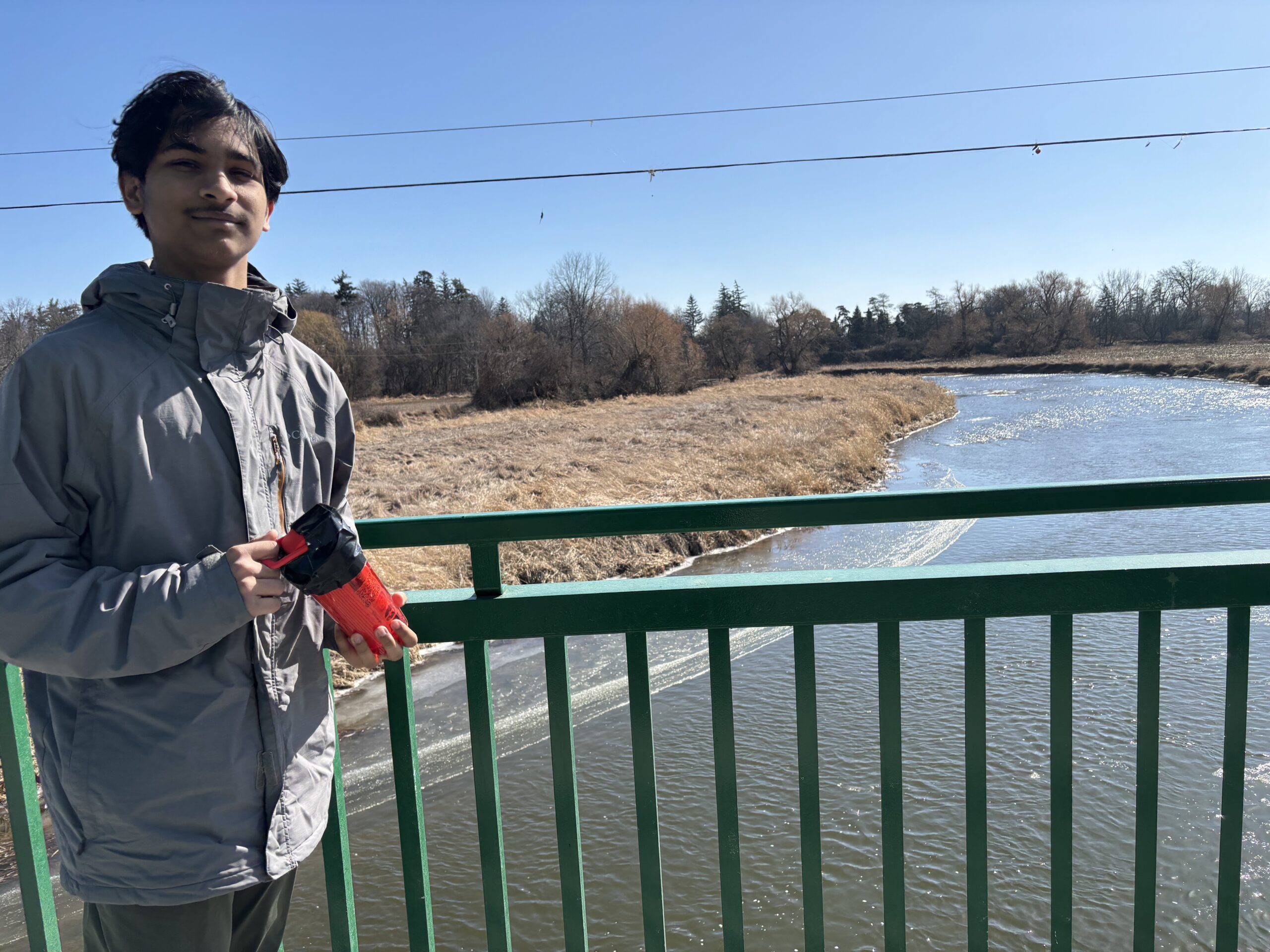

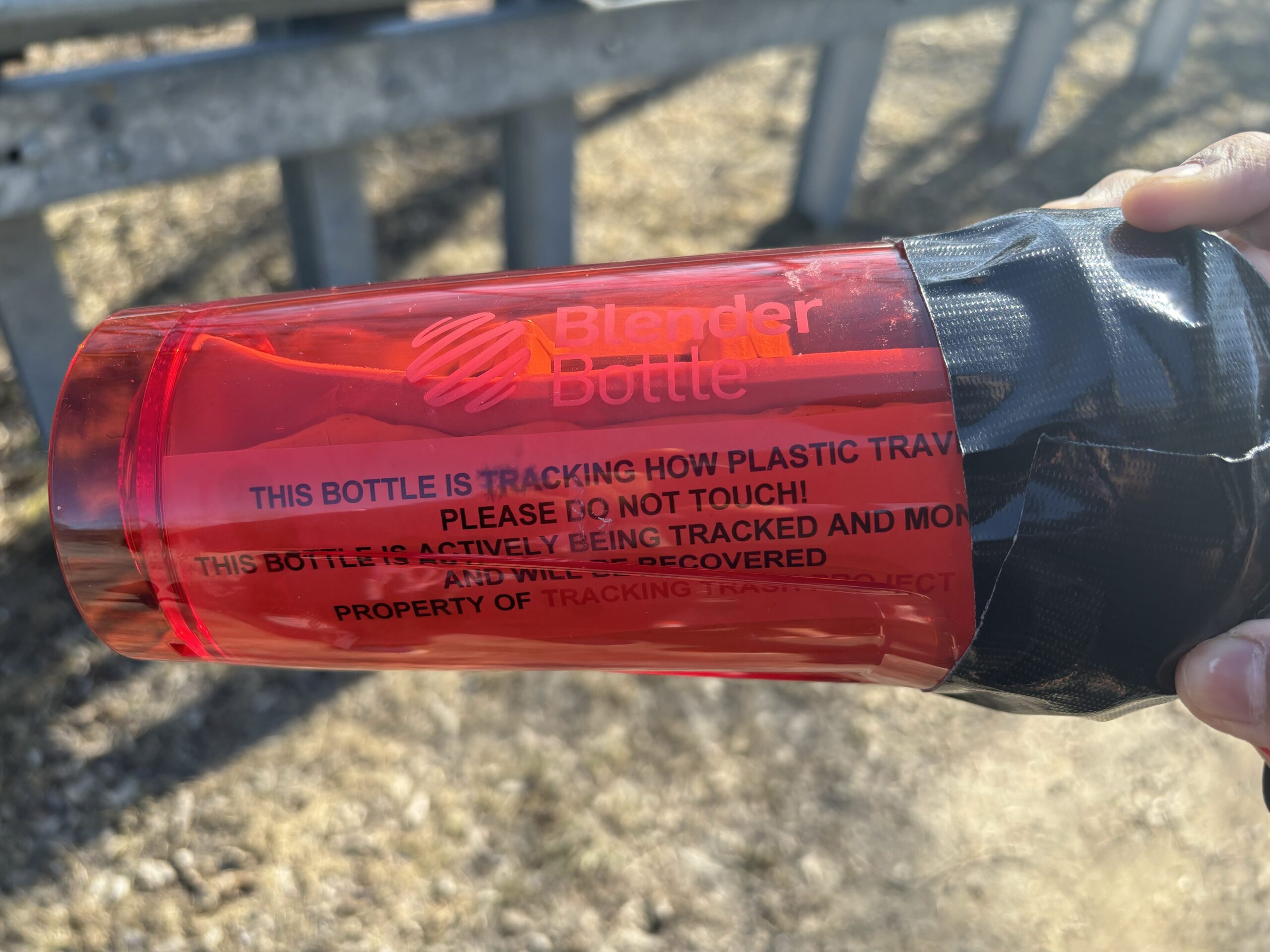
“It felt like a pipe dream at the time because we didn’t have funding and these trackers are extremely expensive,” Subrahmanyan recalled. One water bottle with a GPS built inside cost $300. Plus they needed a subscription to the satellite tracking software the GPS was linked to.
The two Grade 11 boys applied for a $3,000 grant from conservation organization Ocean Wise and received the cheque in January. “That’s when it felt tangible and like something we could do,” Subrahmanyan said.
Along with a $500 investment from their parents, and help from researchers at the universities of Toronto and New Hampshire, the pair decided to study the flow of plastics across three waterways: the Grand River, flowing from Kitchener-Waterloo to Lake Erie, the Credit River, connecting the Niagara Escarpment near Orangeville to Lake Ontario, and Bronte Creek, which runs through Hamilton and Halton Region to Lake Ontario.
Last February, Manicka and Subrahmanyan found spots along each waterway — picking points where they run through major cities like Kitchener, Burlington, Mississauga and Brampton — and flung over a total of eight bright orange plastic water bottles with trackers. Every hour, they received two messages with detailed updates on where each bottle was, along with the different water levels, wind speeds, directions and temperatures the bottles encountered. The pair tracked the bottles for three months (until mid-May) before the batteries died. In that time, none of the bottles reached the lake; the longest distance one travelled was 20 kilometres, while the shortest was five.
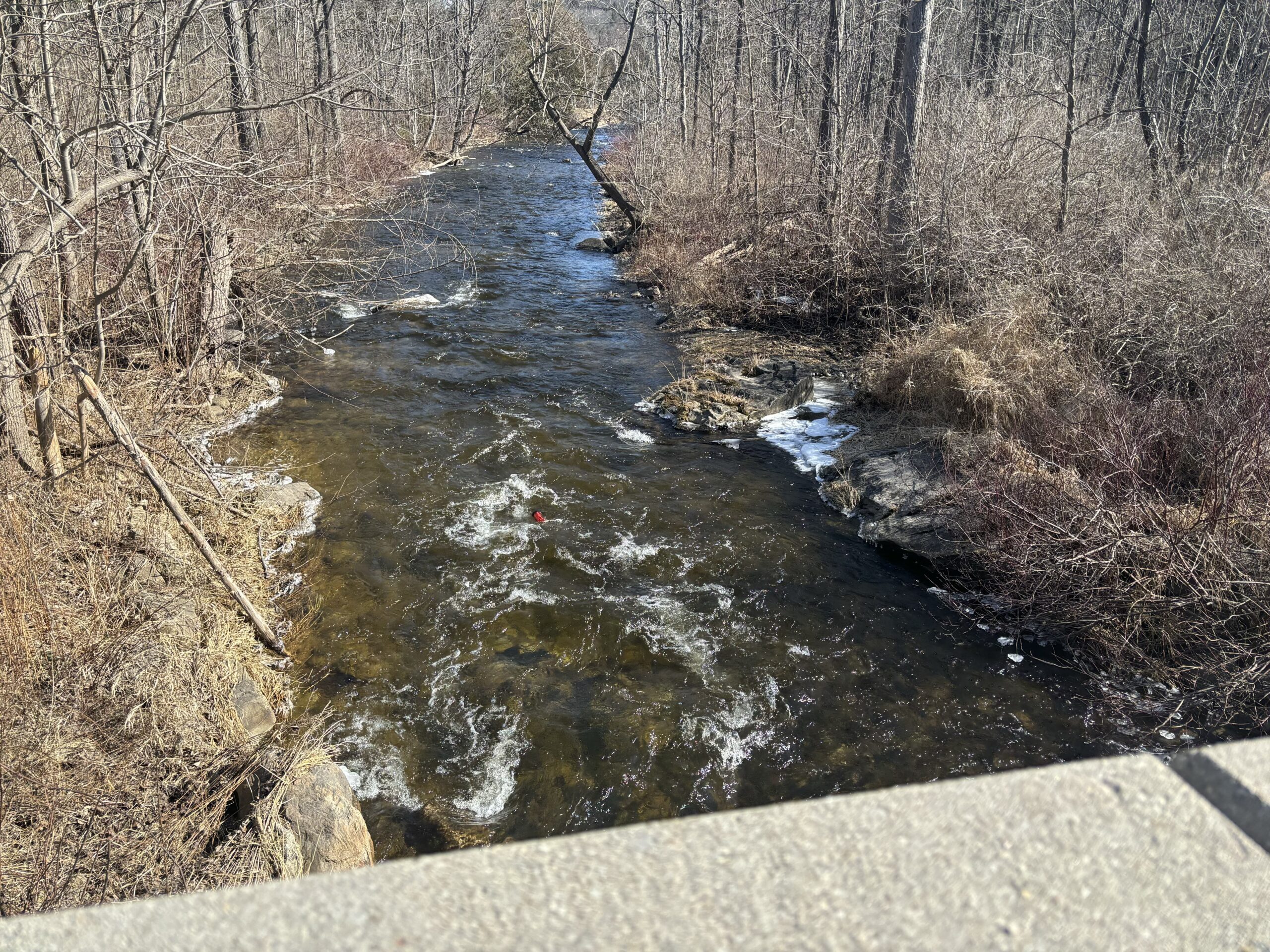
“What we found really surprising is that these bottles did not move in a linear fashion, that they did stop so many times,” Manicka said. “We noticed spots or areas where the bottles would stop. We called those hot spots, where waste was accumulating in the river systems.” The two friends talked about how one of the bottles stopped for a month and then travelled just 10 kilometres — proving that waste can be collected in the waterways leading to the lakes.
Their findings are similar to what the University of Toronto Trash Team observed with their own tracking bottles in the Don River and connected harbour, Rochman, the ecologist, told The Narwhal over email. “I think among the most interesting things we observed is that woody debris in rivers retains plastic pollution in a big way, suggesting not all plastic in rivers makes its way to the lakes or oceans downstream,” she wrote.
While the research team’s study about the movement of plastic in Toronto’s rivers has not yet been published, Rochman said it, along with Manicka and Subrahmanyan’s research, proves “understanding the transport and fate of plastic helps us find places where plastics accumulate — which can be targeted for cleanup and other forms of mitigation.”
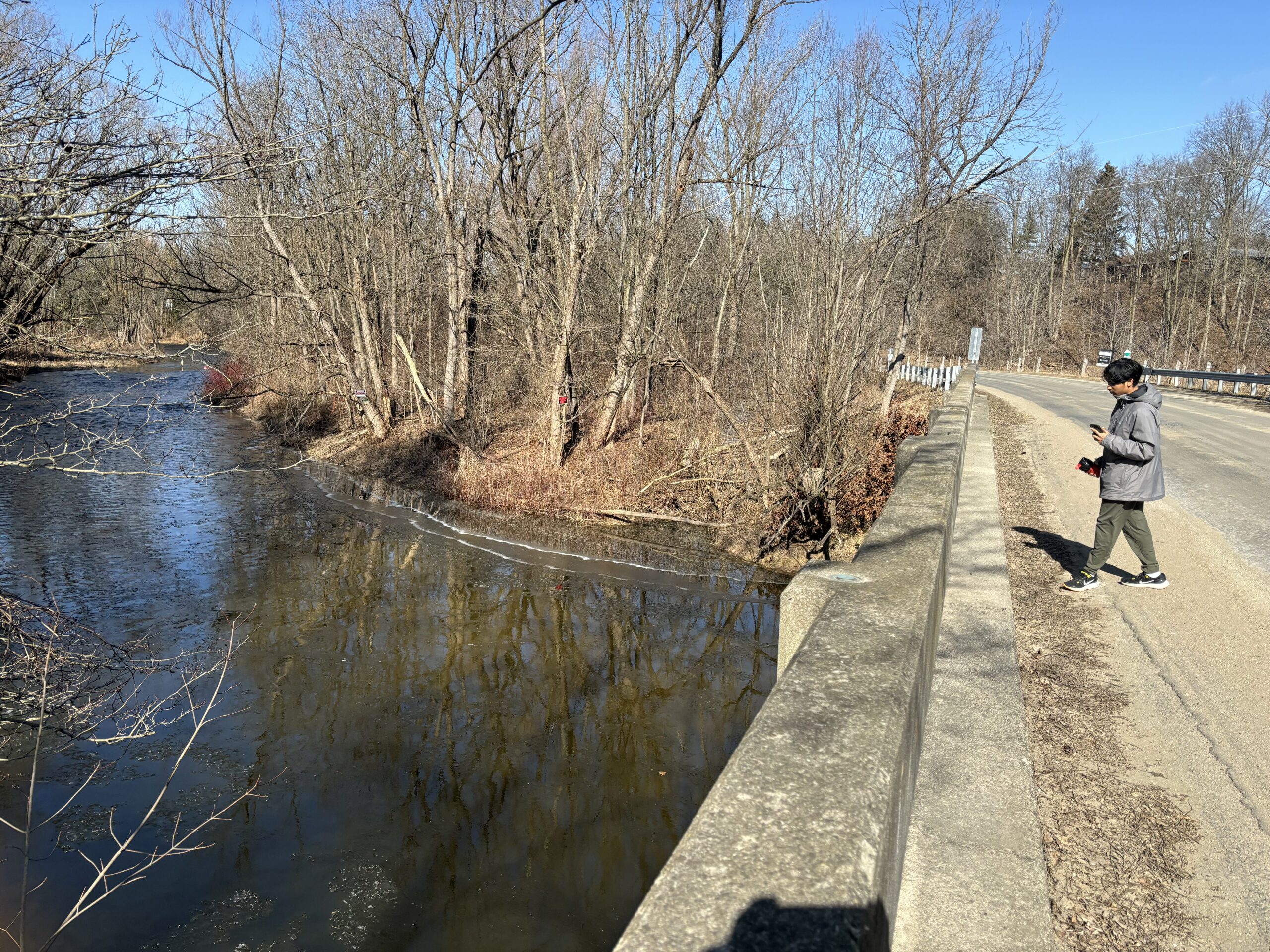
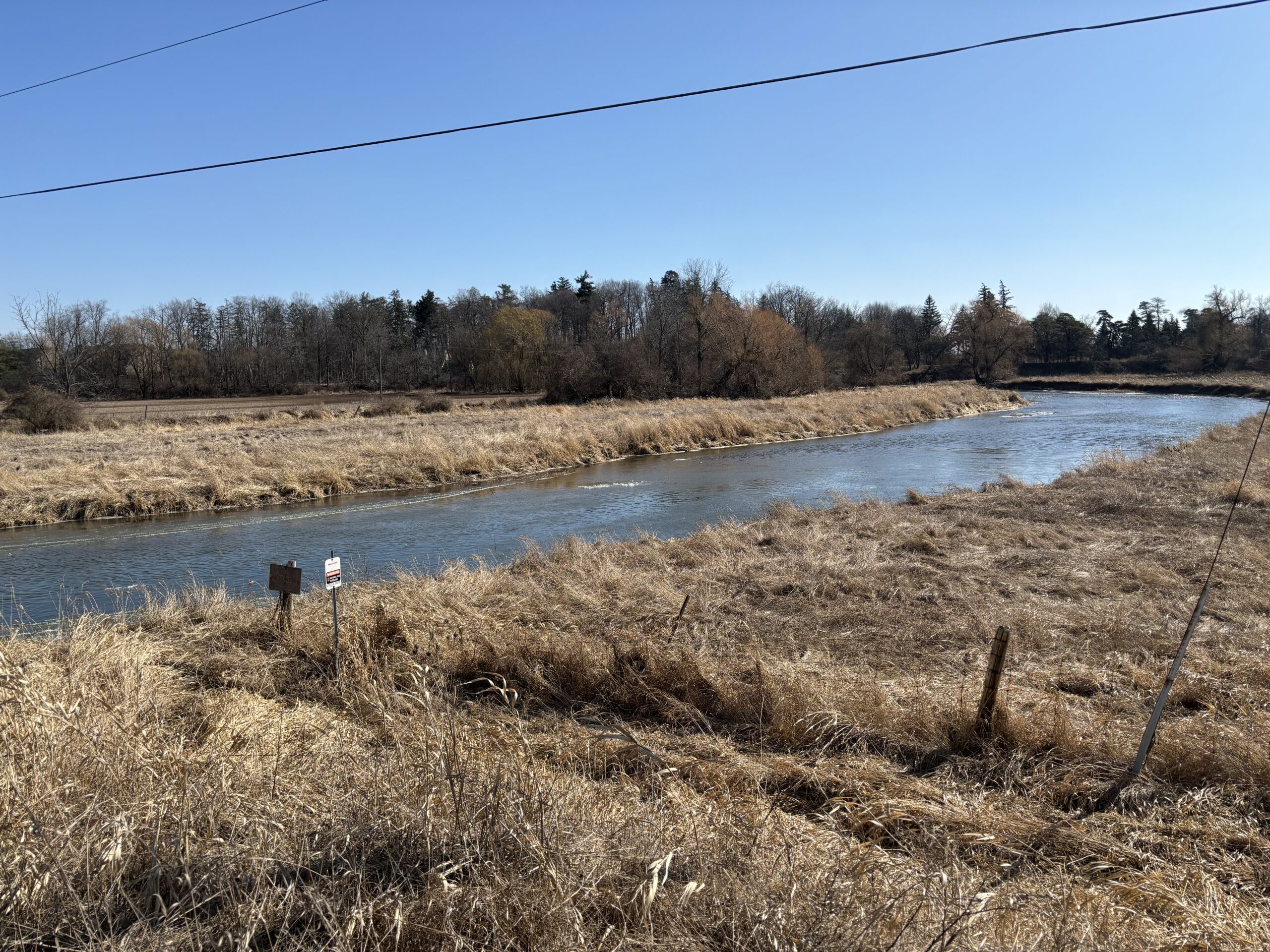
Manicka and Subrahmanyan have started that conversation with Conservation Halton and the City of Burlington. They were also careful to collect seven out of eight bottles, with the help of not-for-profit group Wellington Water Watchers, and “not create additional litter,” Subrahmanyan said. The eighth bottle was in a spot too dangerous to access, surrounded by jagged rocks.
“There’s this belief that once a piece of plastic enters the waterway, it’s over, it’s going to the lake,” Manicka said. “But, our study shows that we can do a lot to remove that piece of plastic.”
Cities can focus on the hot spots where waste collects in waterways, using litter traps in those spots and raising public awareness about the impacts of polluting, he said. When volunteers collected their bottles, the pair heard how they also found car tires, baby lotion bottles, soccer balls and more.

“I feel like a lot of people are not aware that if they actually litter outside of their suburban houses, it enters these waterways, which then enters larger water bodies such as Lake Ontario, which is where they’re drinking from,” Subrahmanyan said. “And so these plastics can break down into microplastics and then into nanoplastics, and current water filtration systems can’t filter that out, and so that definitely warrants concern.”
Rochman applauded the boys for their “leadership and initiative” and will help the pair, who have not yet finished high school, publish their findings in a paper of their own to present to cities, conservation authorities and researchers. Manicka wants to pursue a career in clean energy, while Subrahmanyan is interested in computer modelling.
For now, they ask visitors to the Grand River to keep a lookout for the last bright orange bottle, adrift or stuck in the shrubbery.
Get the inside scoop on The Narwhal’s environment and climate reporting by signing up for our free newsletter. On a warm September evening nearly 15...
Continue reading
Between a fresh take on engagement and our new life on video, our team is...

The public has a few days left to comment on Doug Ford’s omnibus development bill....

115 billion litres, 70 years to fix, $5.5 billion in lawsuits
